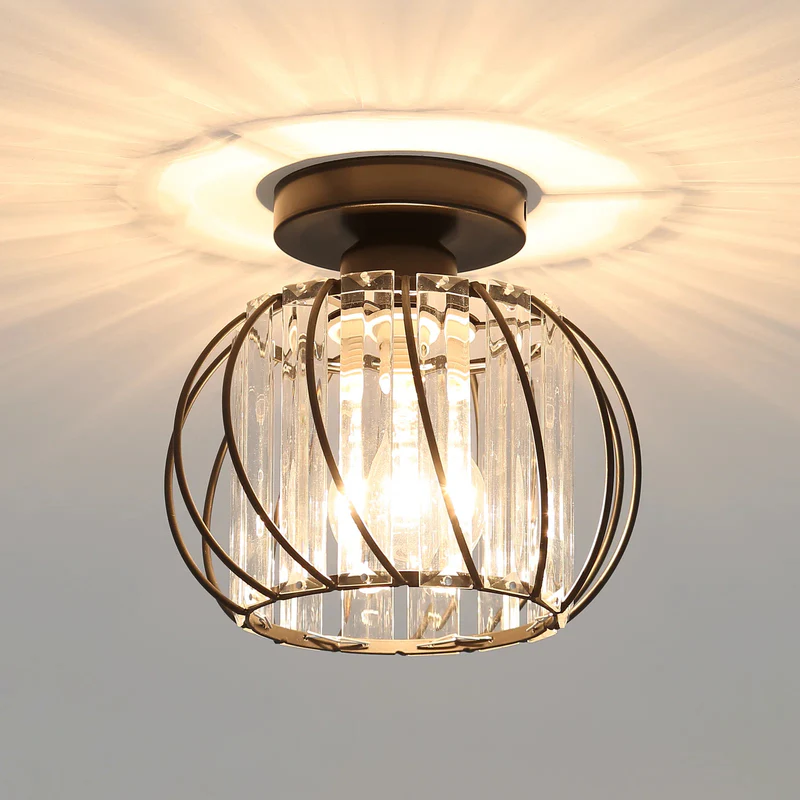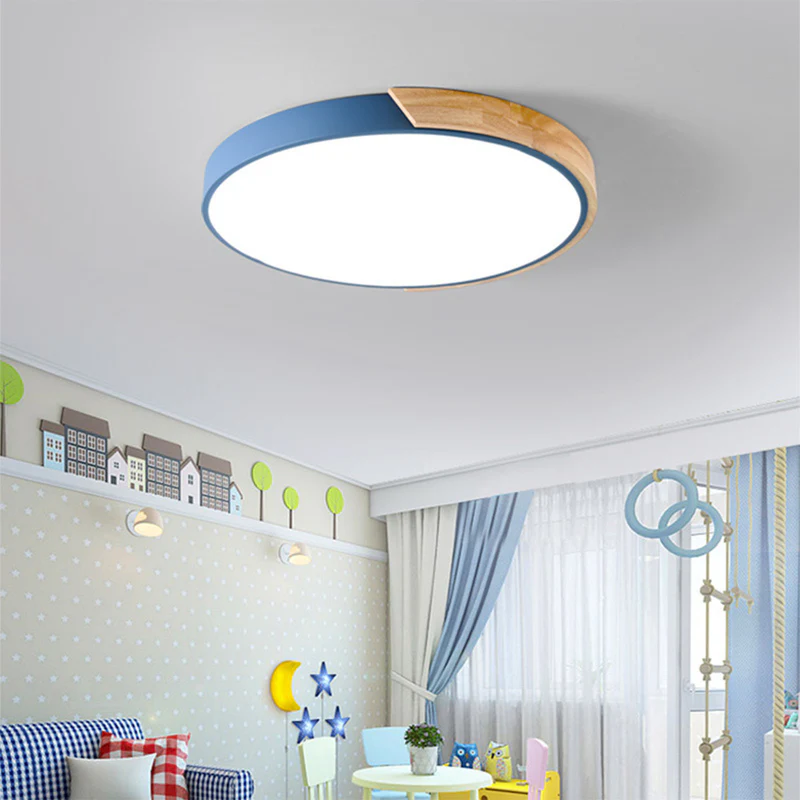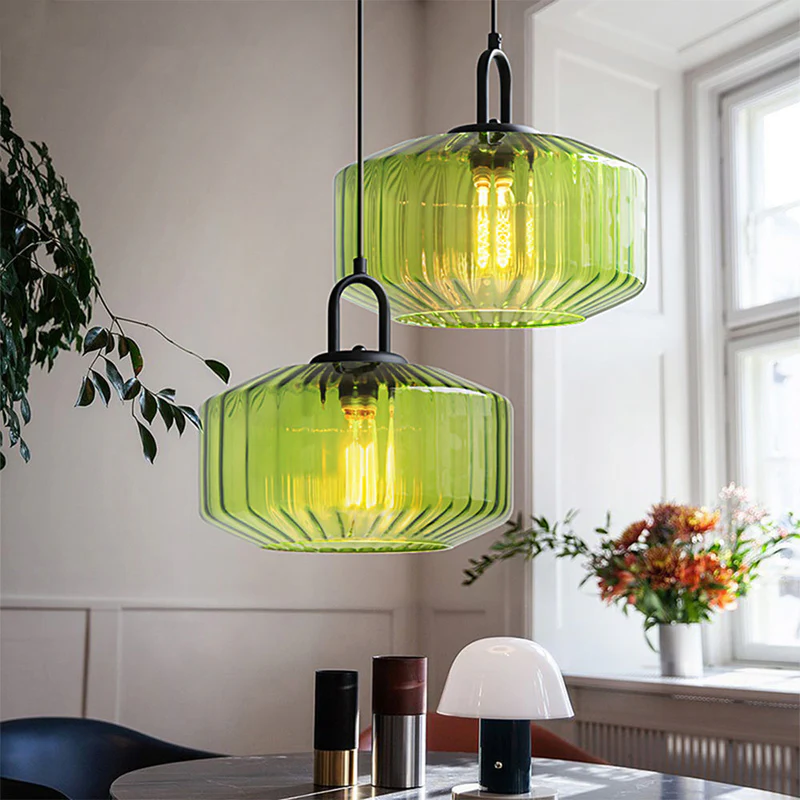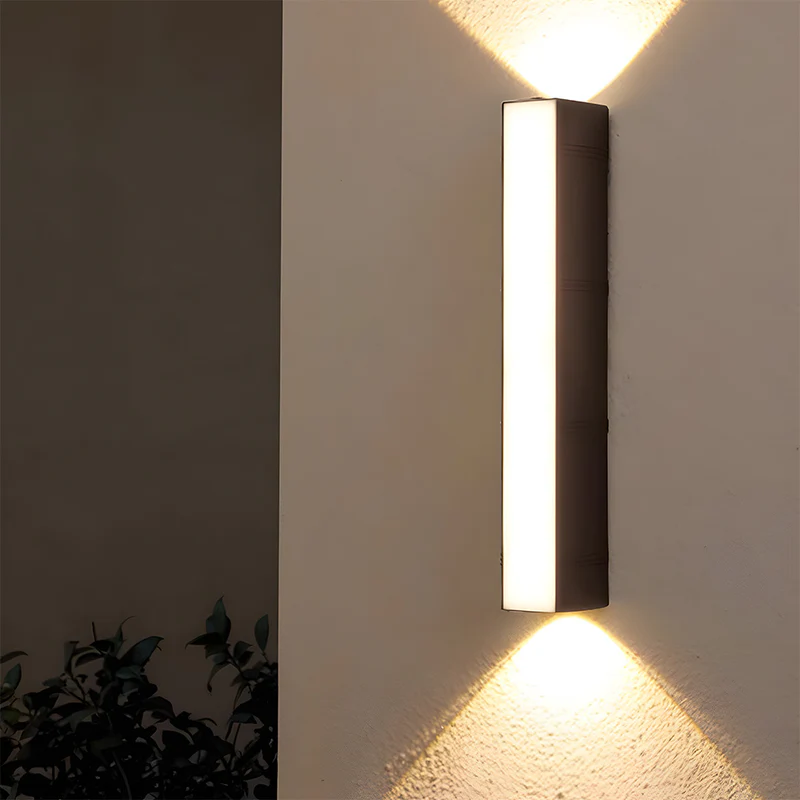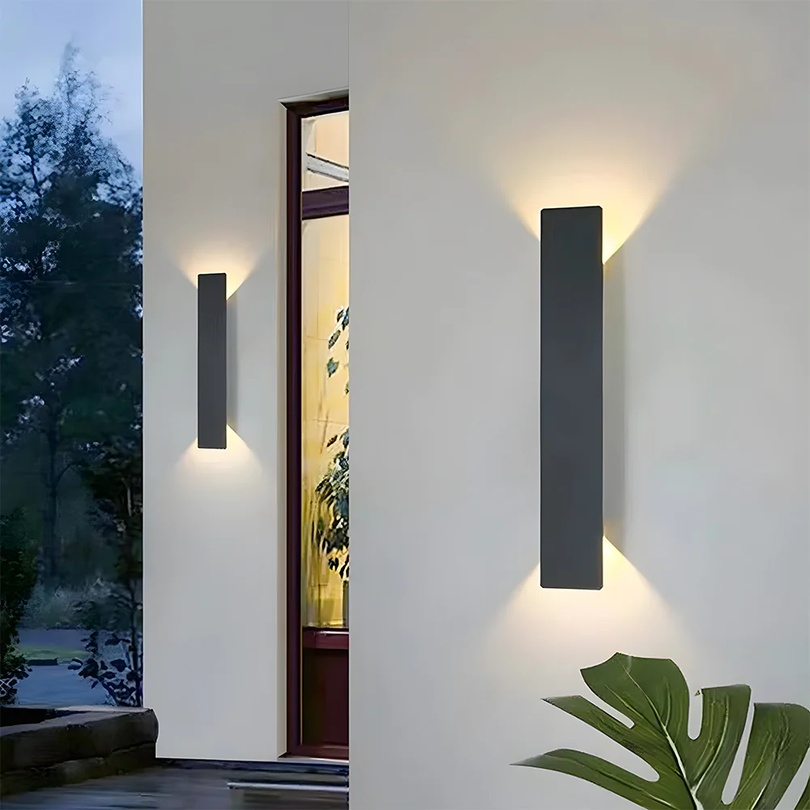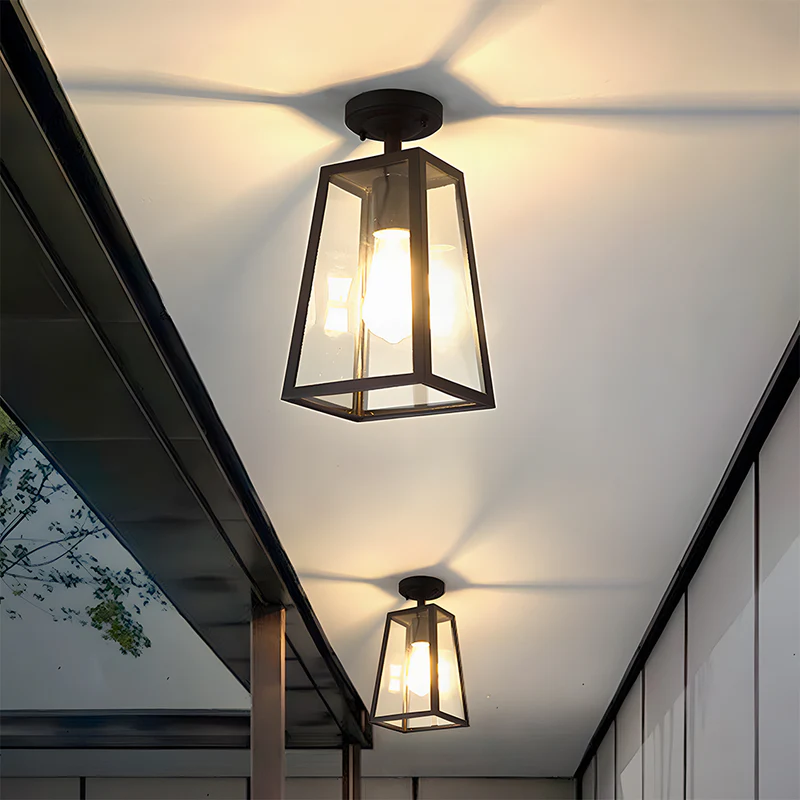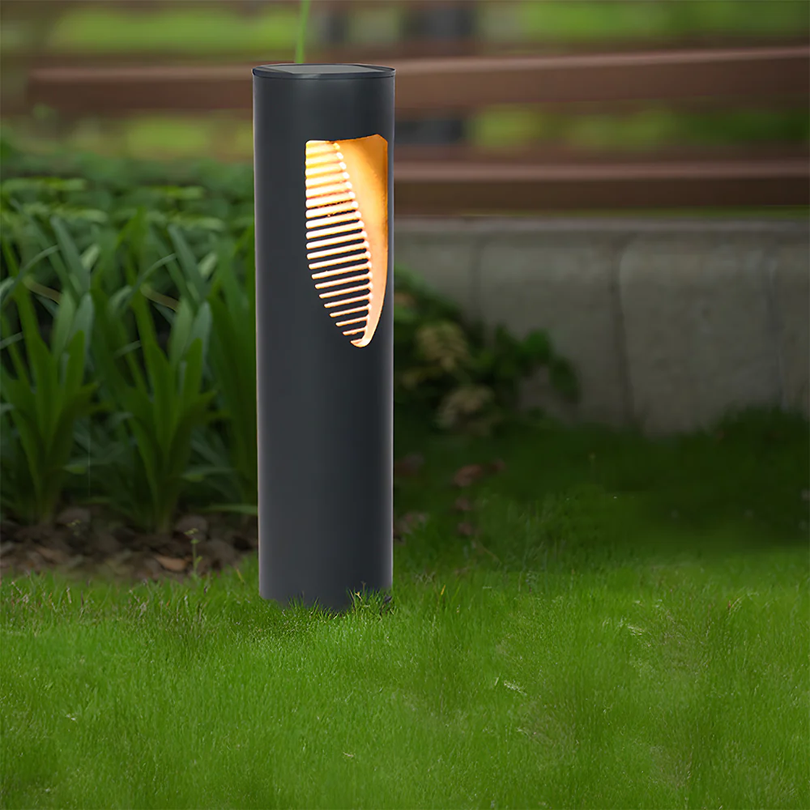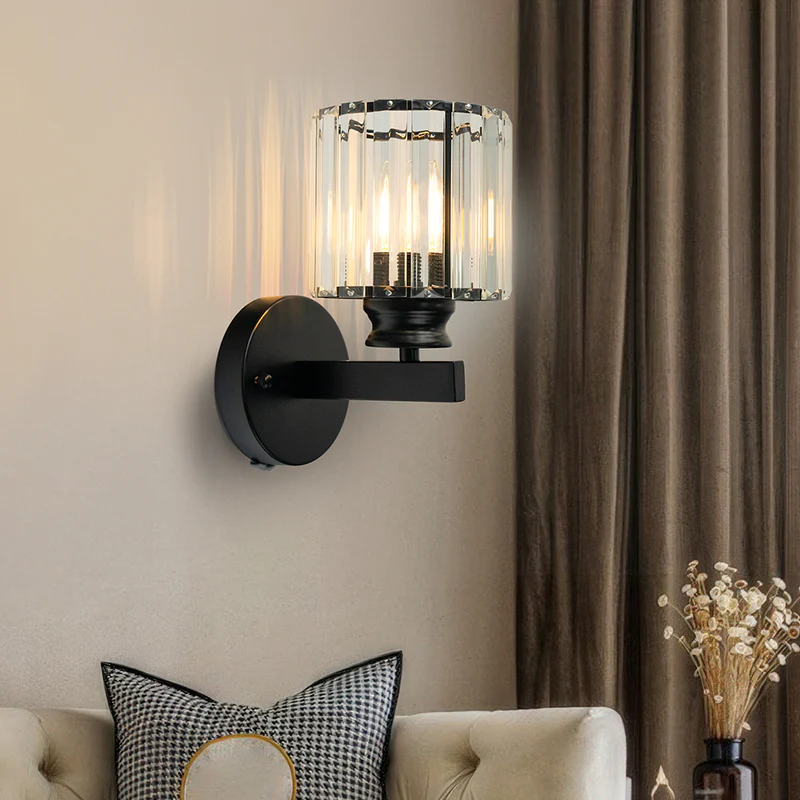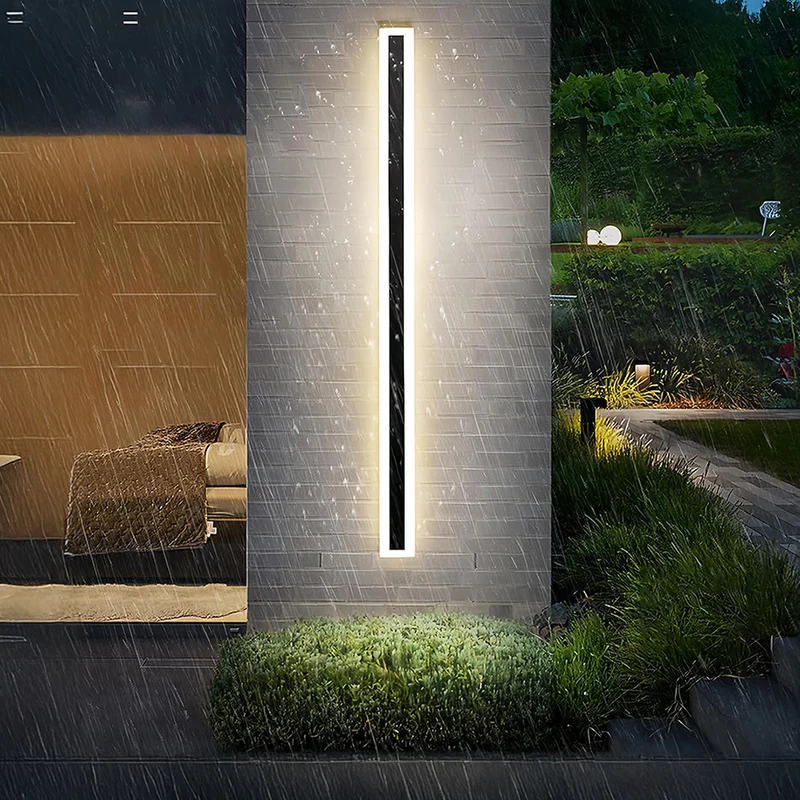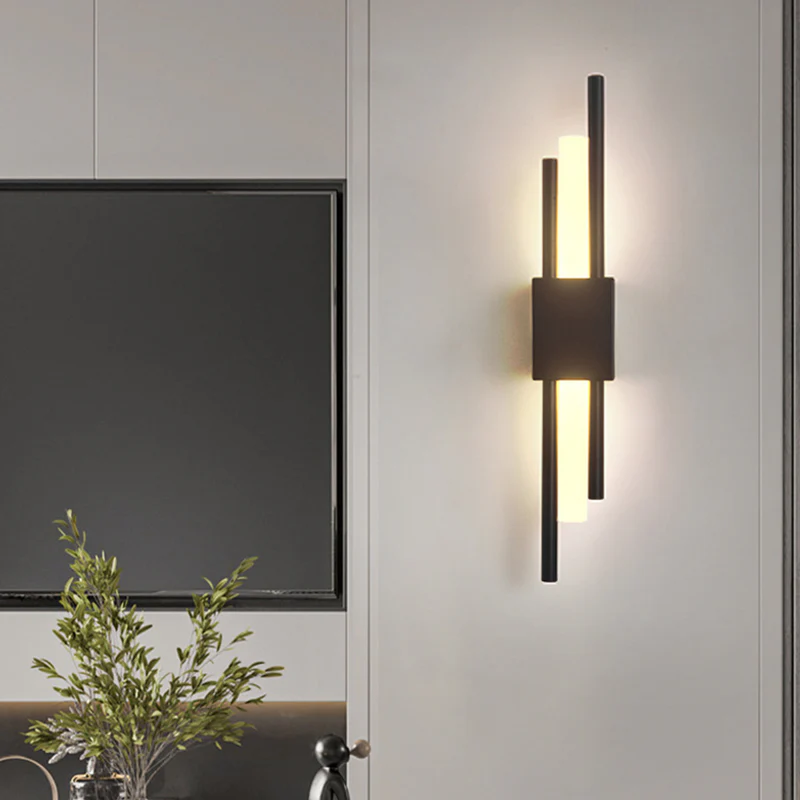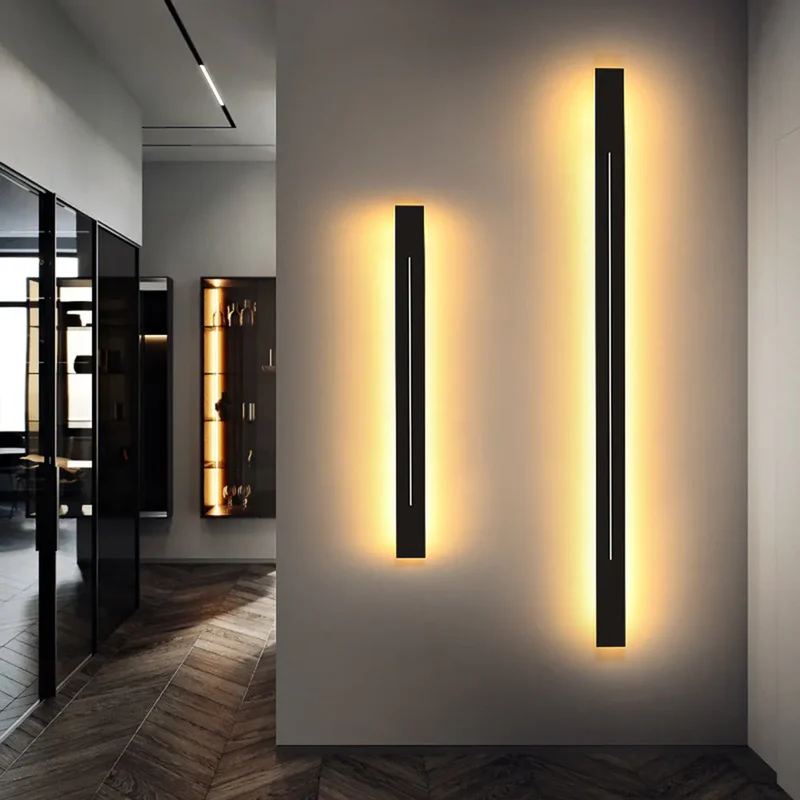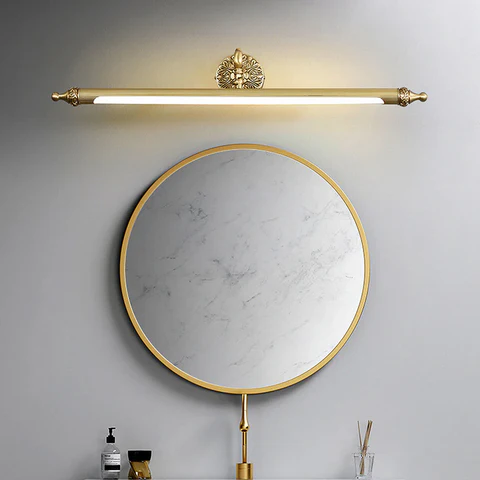Selecting the right ceiling lights can dramatically impact the look and feel of a room. From creating a warm and inviting atmosphere to ensuring proper illumination for functionality, the choice of lighting is crucial. One key aspect to consider is the relationship between the size of your ceiling and the diameter of the light fixture. This guide will help you navigate this important decision to achieve both aesthetic harmony and optimal lighting.
💡1. Understand Your Ceiling Size
The size of your ceiling plays a pivotal role in determining the appropriate size and style of your ceiling light. Here’s how to assess it:
Firstly, we can calculate the size of light according to your room size. You can follow below rule to know which size your light should be around.
Ideal diameter or Width of your light (inches)= Width (feet) + Length (feet)
For example, if your room is 5 feet in width and 4 feet in length, so the diameter of your light is 9 inches. Of course, you can choose smaller or bigger one according to your personal preference.
You can determine the light fixture diameter based on the room's size.

⭐How to Use the sheet
Measure Your Room Size:
Length (in feet) × Width (in feet) = Room Size (Square Feet)
Example: A room that is 12 feet by 15 feet would have a room size of 180 square feet.
Determine the Recommended Fixture Diameter:
Locate the room size in the table and find the corresponding recommended fixture diameter.
Adjust Based on Room Function and Design:
Smaller Rooms: For rooms on the smaller end of the range, you might choose a fixture on the lower end of the diameter range.
Larger Rooms: For larger rooms, consider the upper end of the range or even larger fixtures for better coverage.
Example Calculations
For a Room Size of 120 Square Feet:
Find 120 in the room size range (it falls between 100 and 150 square feet).
Recommended Fixture Diameter: 20 - 24 inches
For a Room Size of 250 Square Feet:
Find 250 in the room size range (it falls between 200 and 300 square feet).
Recommended Fixture Diameter: 30 - 36 inches
Additional Considerations
Ceiling Height: Higher ceilings might require larger fixtures or additional lighting to ensure adequate illumination.
Room Shape: Irregularly shaped rooms may benefit from multiple smaller fixtures rather than a single large one.
Lighting Needs: Adjust the fixture size based on the intended lighting effect, such as ambient lighting versus task lighting.
💡2. How Long should my ceiling lights be?

⭐How to Use the Sheet
Measure Ceiling Height:
Determine Drop Length:
Based on ceiling height and fixture type, determine the desired drop length.
Convert Drop Length (if needed):
Use the conversion: 1 inch = 2.54 cm.
Example: 24 inches = 60 cm.
Choose Fixture Type:
Flush Mount: Best for lower ceilings (8 - 10 feet).
Semi-flush Mount: Suitable for mid-range ceilings (10 - 14 feet).
Pendant Lights: Ideal for higher ceilings (12 feet and above).
Chandeliers: Recommended for very high ceilings (14 feet and above) or for dramatic effect.
Example
For a Ceiling Height of 12 Feet:
Recommended Drop Length: 24 - 30 inches (60 - 75 cm)
Suggested Fixture Types: Semi-flush, Pendant
For a Ceiling Height of 16 Feet:
Recommended Drop Length: 30 - 36 inches (75 - 90 cm)
Suggested Fixture Types: Pendant, Chandeliers
Additional Considerations
Room Function: Consider how the light will be used. For task lighting, ensure the drop length provides adequate illumination without obstruction.
Fixture Style: Ensure the fixture style complements the room’s decor and ceiling height.
Light Distribution: Larger rooms or spaces with high ceilings may benefit from fixtures that provide broader light distribution.
Final Thoughts:
While this guide provides general recommendations based on common practices, remember that personal preference and the unique characteristics of your home are crucial. Ultimately, choose light fixtures that not only fit your space but also reflect your style and meet your needs. Your home should be both functional and beautiful, so trust your instincts and enjoy the process of finding the perfect lighting.

